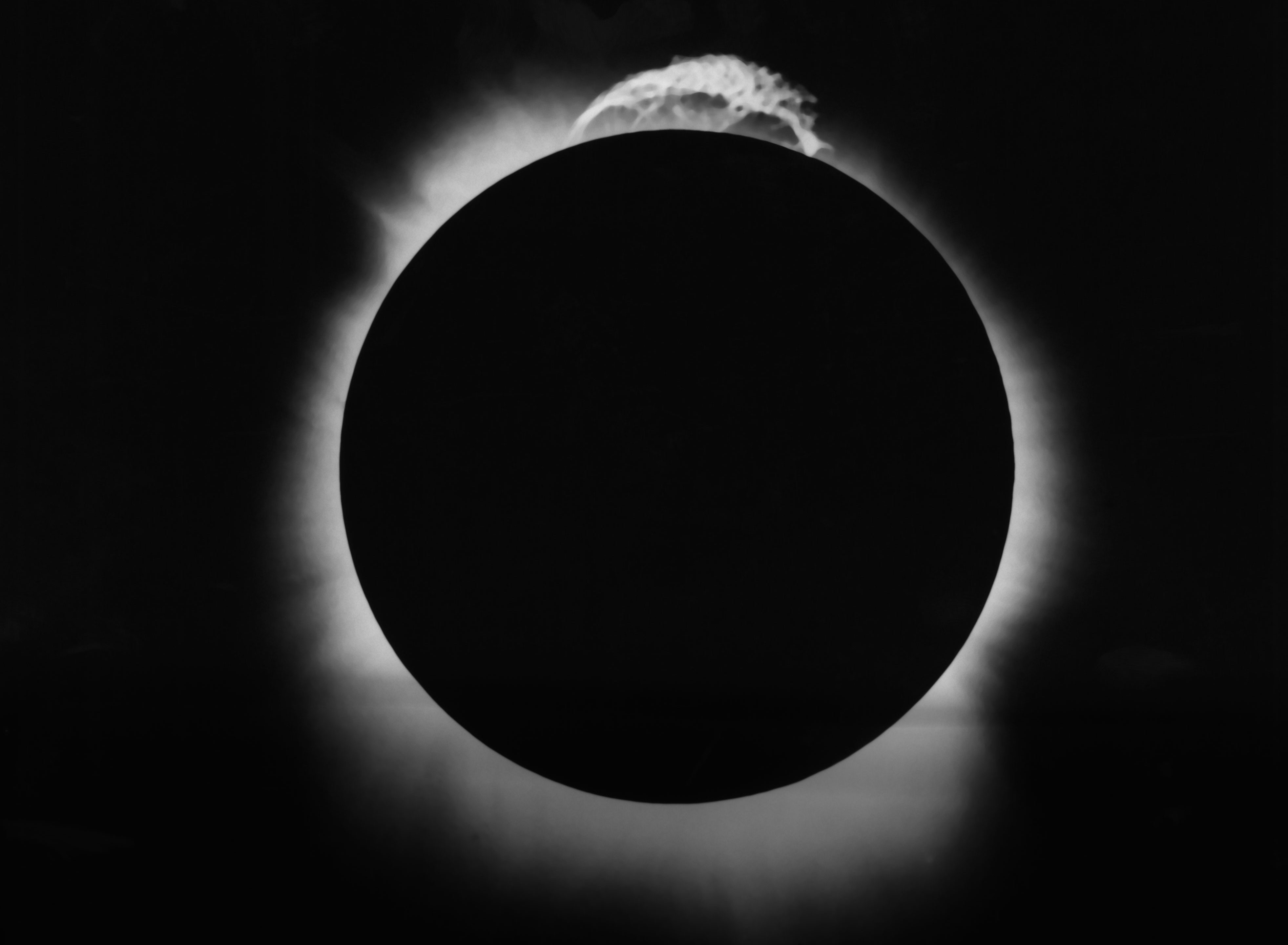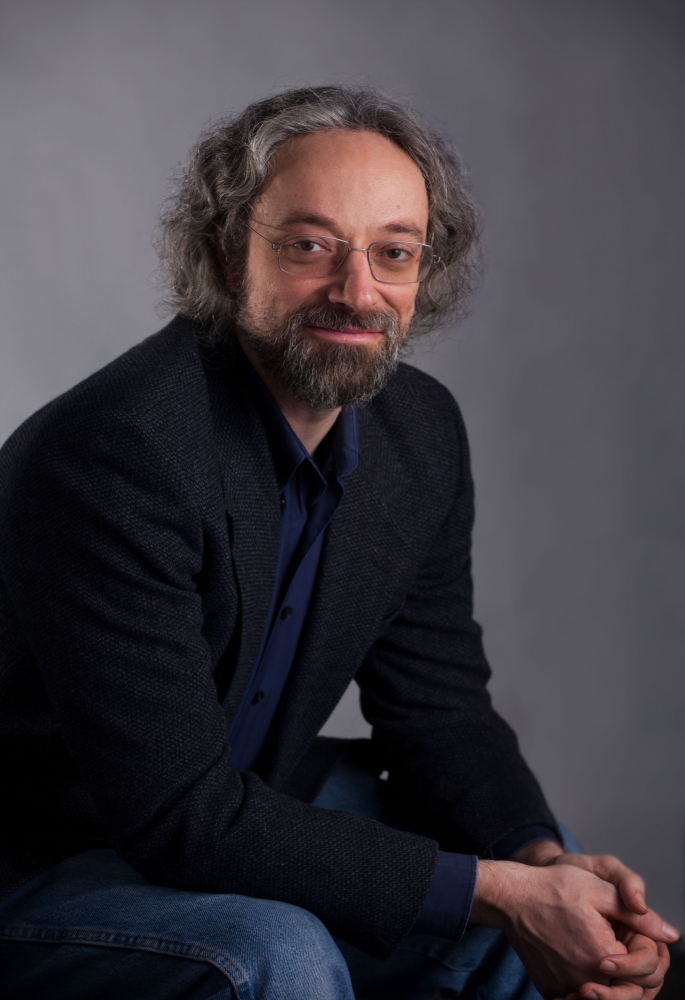
World War I and Relativity

Albert Einstein’s ascent to worldwide celebrity was, in large part, not of his own doing. Confirmation of the German physicist’s theory of general relativity by British astronomers soon after the end of the World War I made Einstein an emblem of how science could rise above nationalism and petty patriotism.
In fact, however, international science — and relativity with it — was nearly shattered by the war. It was only the dedicated efforts of pacifist scientists, chiefly A.S. Eddington, that pulled both Einstein and his theory from behind the trenches and onto the front pages of newspapers around the globe.
Historian Matthew Stanley discussed this and more in his recent Lawrence Badash Memorial Lecture, “Einstein’s War: How World War I Made Relativity.”
“Matt’s talk shows how the most esoteric scientific topics can be embedded in a wider context,” said W. Patrick McCray, a professor of history at UC Santa Barbara and a specialist in the history of science and technology in the 20th century.
“In this case, Einstein’s theory of relativity — at least in terms of how it was verified and presented to the wider scientific community and to the public — was deeply tied to the nationalism of World War I,” McCray continued. “The war greatly strained personal and professional ties between scientists in France, the UK and Germany, and the eclipse expedition of 1919 was one way to help heal that rupture.”
An expert in the history and philosophy of science, Stanley holds degrees in astronomy, religion, physics and the history of science. He is the author of numerous books, including “Einstein’s War: How Relativity Triumphed Amid the Vicious Nationalism of World War I” (Dutton, 2019), which explores how pacifism and friendship led to a scientific revolution; and “Huxley’s Church and Maxwell’s Demon: From Theistic Science to Naturalistic Science” (Chicago University Press, 2014) and “Practical Mystic: Religion, Science, and A.S. Eddington” (Chicago University Press, 2007), which explore the complex relationships between science and religion in history.
His current research project is a history of scientific predictions of the end of the world.
Presented by the Interdisciplinary Humanities Center’s Machines, People, and Politics Research Focus Group, the Badash Lecture honors Lawrence Badash, a professor emeritus of history and a specialist in the history of physics and nuclear weapons. The lecture recognizes a scholar of science and society whose work has advanced not only the history of science, but also the larger aims of social justice, civil liberties, peace and disarmament, public health or environmental protection.
“Lawrence Badash was my predecessor in the history department, and a good friend,” said McCray. “When he passed away in 2010, his family and friends established the annual memorial lecture to honor his contributions to scholarship in history and science. For the past several years I have brought in speakers whose research connects with Larry’s own work — and personal interests — on science during the Cold War, science and civil society, nuclear weapons and arms control.”



